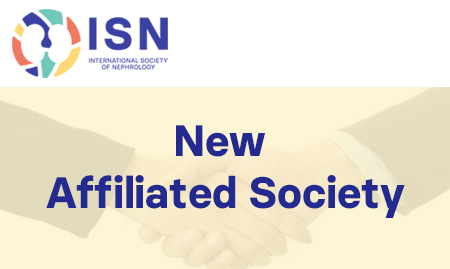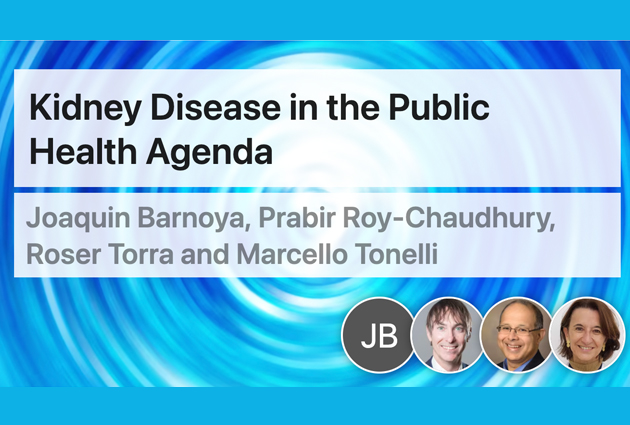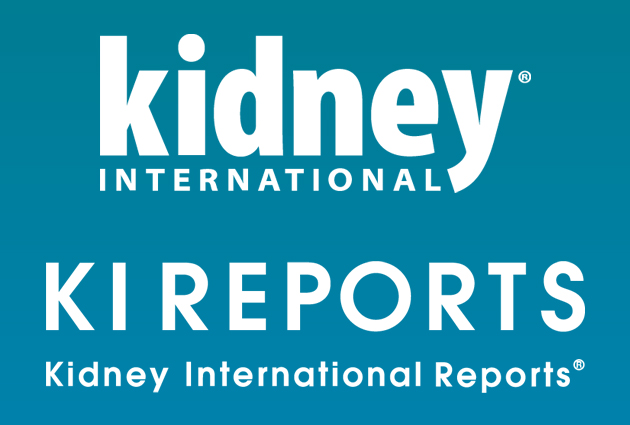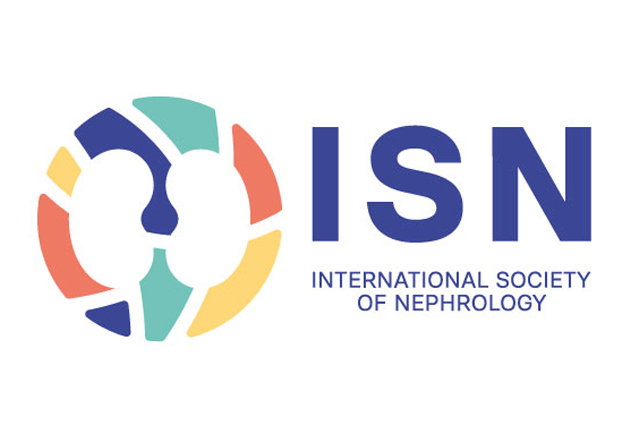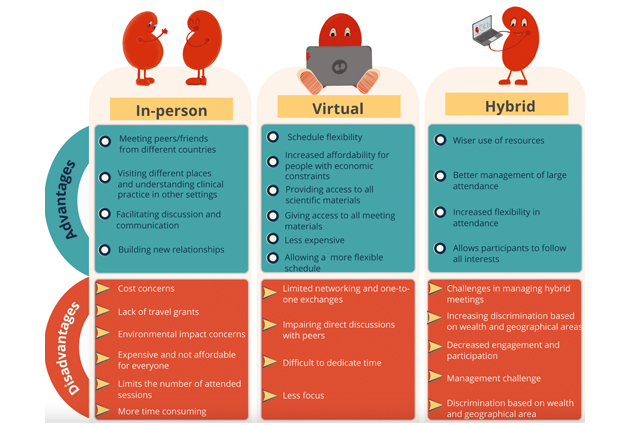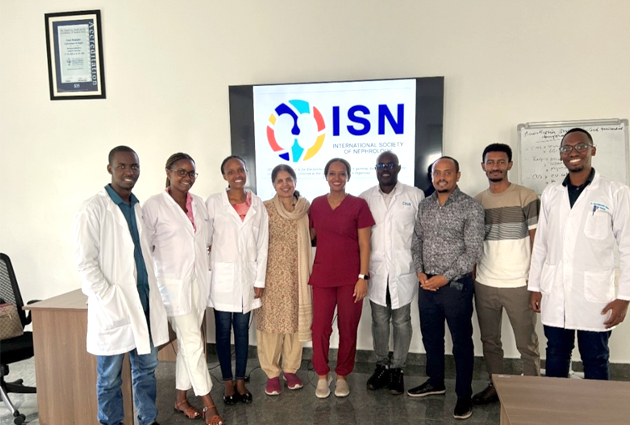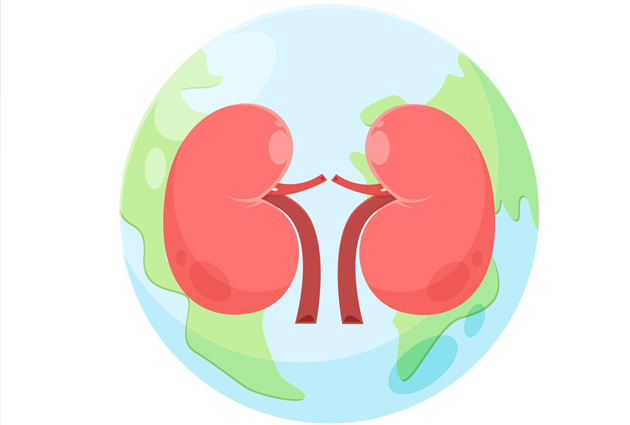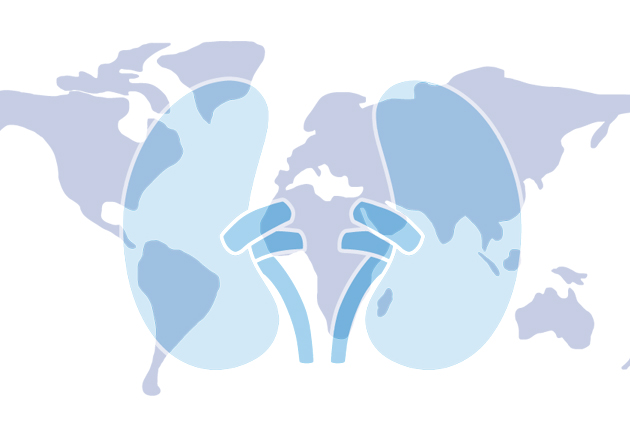ENVISION-ing a New Way Forward in IgA Nephropathy A Phase 2 Trial of Sibeprenlimab
Daniel O’Hara, ISN-ACT Global Trials Focus coordinator, summarizes the design and outcomes of the latest “Trial of the Month.”
Explore all the global trial selections for November and December here.
The “Trial of the Month” is available in several languages.
A Phase 2 Trial of Sibeprenlimab in Patients With IgA Nephropathy
Mathur et al., N Engl J Med (2023)
Summary
IgA nephropathy is an autoimmune disease with an overproduction of galactose-deficient IgA1 antibodies, which complex with IgG autoantibodies and deposit in the renal mesangium, resulting in glomerular injury.
IgA production is regulated in part by a proliferation-inducing ligand (APRIL). The humanized monoclonal antibody sibeprenlimab is designed to block APRIL activity, thereby potentially attenuating IgA nephropathy activity.
In this phase 2 study, 155 adults with biopsy-confirmed IgA nephropathy with eGFR ≥30mL/min/1.73m2 and ≥0.75g protein per gram of creatinine daily (or ≥1g proteinuria daily) despite maximum-tolerated dose of an angiotensin-converting enzyme inhibitor or angiotensin receptor blocker for at least three months were recruited to evaluate the efficacy and safety of different doses of sibeprenlimab.
Individuals with nephrotic syndrome or those receiving systemic immunosuppression were excluded, as were those with >50% tubulointerstitial fibrosis or crescents in >25% of glomeruli. Participants (median age 39 years, 57% male, 74% Asian) were randomized to 1:1:1:1 to placebo or to sibeprenlimab at 2, 4, or 8mg/kg of body weight, given as monthly infusions for 12 months. At the end of 12 months, the 24-hour urine protein-to-creatinine ratio (uPCR) showed a geometric mean reduction ratio of 20.0±12.6% with placebo, while there was a statistically significant dose-dependent beneficial trend to this ratio of 47.2±8.2%, 58.8±6.1% and 62.0±5.7% with sibeprenlimab at 2-, 4- and 8-mg/kg, respectively (p<0.001 for linear treatment effect).
The least-squares mean (±SE) change in eGFR from baseline was −7.4±1.8mL/min/1.73m2 with placebo, and -2.7±1.8, 0.2±1.7, and −1.5±1.8mL/min/1.73m2 with the 2-,4- and 8-mg/kg sibeprenlimab doses, respectively. There were no concerning safety signals, including infections or lymphopenia, between the placebo or pooled sibeprenlimab groups.
Commentary
IgA nephropathy is the most common form of glomerulonephritis worldwide and is associated with significant progression to kidney failure despite current treatment standards.
The ENVISION study suggests that sibeprenlimab may provide a potent new treatment option, particularly at the 4mg/kg and 8mg/kg doses, which have shown stabilization of eGFR and a greater reduction in uPCR as compared to placebo, with sustained benefits in proteinuria even at five months after discontinuation.
The results of this phase 2 trial should be interpreted with caution, mainly as there were some imbalances in baseline characteristics that may have predisposed those receiving placebo to a higher risk of progression, including a higher mean percentage of crescents and longer time since diagnostic kidney biopsy.
Moreover, those in the placebo group had a higher proportion of females and were relatively younger than patients in the sibeprenlimab groups. The impact of this on the progression of IgA nephropathy is uncertain. Further efficacy and safety results of the ongoing phase 3 trial (NCT05248646) will be eagerly awaited.



